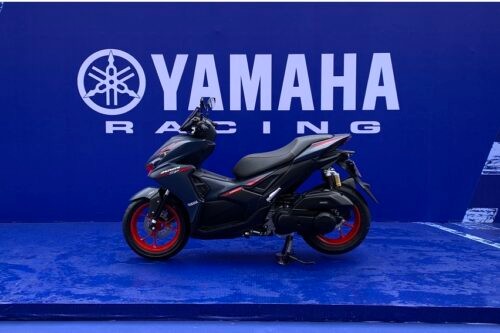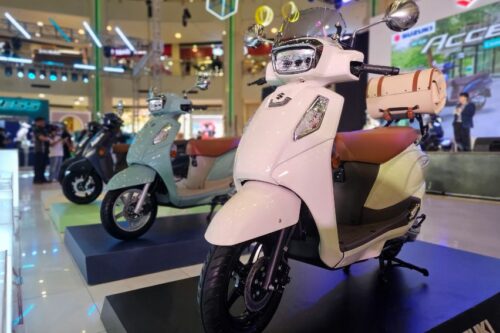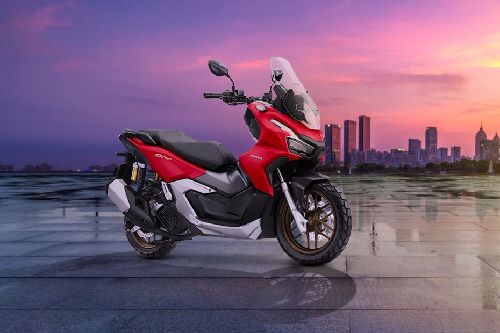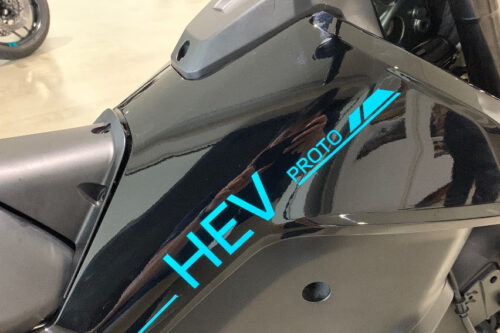Discover the Perfect Fit: Here are the Different Types of Motorcycle Helmets

- KEY TAKEAWAYS
- Full-face helmets: Providing utmost protection
- Open-face helmets: Balancing comfort and safety
- Half helmets: Minimalistic design with reduced coverage
- Modular helmets: Versatility and convenience
- Off-road helmets: Specially designed for dirt biking
- Dual-sport helmets: The perfect blend of on-road and off-road capabilities
- Final thoughts
Motorcycle helmets are an essential piece of protective gear that every rider should prioritize. Not only do they provide a vital shield against potential head injuries, but they also play a significant role in ensuring the overall safety and well-being of motorcyclists.
KEY TAKEAWAYS
Are motorcycle helmets mandatory in the Philippines?
Yes, wearing motorcycle helmets is mandatory for both riders and passengers in the Philippines. The Republic Act No. 10054, also known as the Motorcycle Helmet Act of 2009, requires all motorcycle riders to wear standard protective helmets while driving on public roads.How often should I replace my motorcycle helmet?
It is generally recommended to replace your motorcycle helmet every five years, or sooner if it has been involved in a crash or sustained any damage. Over time, the materials in a helmet may deteriorate, affecting its ability to provide adequate protection. Regularly inspect your helmet for any signs of wear and tear, and if in doubt, consult with the manufacturer or a trusted helmet expert for guidance on replacement.While wearing a helmet is a no-brainer for safety, it is also required by law, so not only is it a smart choice, but it's also a legal requirement. Plus, who wants to deal with fines and penalties when you can simply sport a cool helmet instead?
With a wide range of helmet options available, understanding the different types of motorcycle helmets and their specific features becomes crucial. This beginner's guide aims to provide valuable insights into the various types of motorcycle helmets, helping riders make informed decisions when it comes to selecting the helmet that suits their needs and preferences.
Full-face helmets: Providing utmost protection
If you are looking for maximum protection, full-face helmets are the way to go. These cover your entire face, including the chin and jaw. They offer excellent impact resistance, shielding you from flying insects, road debris, and even the weather. With a full-face helmet, you will feel like you are in your own personal fortress, ready to conquer the road.

Full-face helmets are usually made from a combination of materials, such as polycarbonate, fiberglass, or carbon fiber. These materials ensure durability and lightweight comfort, so you don't feel like you are lugging around a brick on your head. The inner lining is often padded for added comfort and impact absorption.
When shopping for a full-face helmet, consider factors like fit, ventilation, and additional features. You want a helmet that snugly fits your head without causing discomfort. Look for adjustable vents to keep your noggin cool during those hot rides.
Open-face helmets: Balancing comfort and safety
If you prefer a more open riding experience without compromising safety, open-face helmets are your go-to option. These helmets cover the top and sides of your head while leaving your face exposed. They provide a sense of freedom and better visibility, making them popular among urban riders and scooter enthusiasts.

Open-face helmets often have large vents, allowing ample airflow to keep you cool and collected on those sweltering rides. Since your face is exposed, you don't have to worry about restricted vision. Whether you are cruising through the busy streets or enjoying the scenic countryside, an open-face helmet lets you take in the view without obstruction.
When choosing an open-face helmet, fit is especially important. You want it to sit securely on your head, without any unnecessary wobbling or tightness. Look for helmets with good quality chin straps to ensure a snug fit. Also, consider additional accessories like visors or goggles for added eye protection.
Half helmets: Minimalistic design with reduced coverage
For those who prefer a minimalist approach, half helmets offer a stylish and lightweight option. As the name suggests, these helmets only cover the top of your head, leaving your face and chin exposed. While they may not provide as much coverage as full-face or open-face helmets, they still offer some protection and are a popular choice among cruiser riders.

Half helmets are perfect for short rides or when you want to feel the wind in your face. They are often favored by riders who value freedom and do not mind sacrificing a bit of coverage. If you are cruising through the city or riding along peaceful coastal roads, a half helmet might be just what you need to feel the true essence of motorcycling.
When picking a half helmet, focus on finding one that fits comfortably and securely. Look for helmets with adjustable straps or quick-release features for easy removal. While half helmets do not provide full face protection, you can still find options with durable materials and even added features like removable visors. After all, you can be safe and stylish at the same time.
Modular helmets: Versatility and convenience
Modular helmets offer the best of both worlds, combining the protection of a full-face helmet with the convenience and versatility of an open-face design.
Modular helmets feature a hinged design that allows the entire front section, including the visor and chin bar, to flip up. This means you can easily switch between a full-face helmet for maximum protection on the highway and an open-face helmet for easier communication and ventilation at lower speeds.
Not only do modular helmets offer the convenience of a flip-up front, but they also often come with additional features like built-in sun visors, removable and washable liners, and excellent ventilation systems. These features enhance comfort and make modular helmets suitable for long rides and varying weather conditions.

However, it is important to note that modular helmets are slightly heavier and bulkier than their full-face counterparts due to the additional mechanisms. This can cause some discomfort and may not be suitable for riders looking for a more streamlined and aerodynamic helmet. Additionally, the hinge mechanism introduces a potential point of weakness, although modern modular helmets are designed to meet safety standards.
When choosing a modular helmet, consider factors such as safety certifications, fit and comfort, ease of use, and budget. Fit and comfort are crucial, so ensure the helmet fits snugly but comfortably on your head. Pay attention to the quality of the interior padding and ventilation system to ensure maximum comfort during long rides.
Off-road helmets: Specially designed for dirt biking
Dirt biking enthusiasts know that when it comes to off-road adventures, a regular helmet simply won't cut it. That is where off-road helmets come in. Specially designed to withstand the rigors of dirt biking, these helmets provide the necessary protection and features for a thrilling off-road experience.
Off-road helmets are instantly recognizable thanks to their distinctive design. They feature a pointed chin bar, a large visor, and an extended sun peak. The pointed chin bar offers better airflow and allows riders to easily breathe while wearing a dust mask or neck brace. The large visor shields the eyes from debris and enhances visibility, while the sun peak helps block the sun and provides added protection.
These helmets also have extensive venting systems to keep riders cool during intense off-road riding. The interior padding is designed for moisture-wicking and can be easily removed and washed after a muddy adventure.
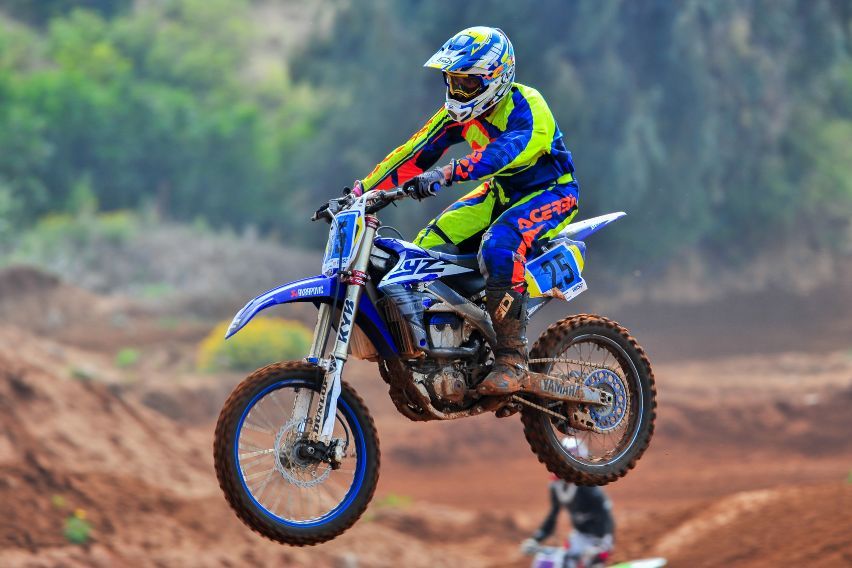
Off-road helmets are not suitable for high-speed highway riding, as the extended sun peak can create aerodynamic drag. The pointed chin bar also restricts visibility when looking down. Therefore, off-road helmets are best suited for off-road and motocross adventures where maximum protection is needed.
When choosing an off-road helmet, consider the fit and comfort as off-road riding can be physically demanding and require a helmet that stays securely in place.
Additionally, look for helmets with removable and washable interior padding that can be easily cleaned after a muddy ride. Opt for helmets with adjustable venting systems to keep cool during intense off-road riding.
Dual-sport helmets: The perfect blend of on-road and off-road capabilities
For riders who crave the best of both worlds, dual-sport helmets offer the perfect solution. These versatile helmets are designed to handle both on-road and off-road adventures, making them ideal for riders who enjoy the freedom of exploring various terrains.
Dual-sport helmets have a peak and extended sun visor similar to off-road helmets, providing protection against the elements and enhancing visibility. However, they also offer the aerodynamic shape and comfort of full-face helmets, making them suitable for high-speed highway riding.
These helmets often come with removable visors and peaks, allowing riders to customize their experience based on the terrain they are riding on. This versatility makes dual-sport helmets a popular choice for adventure riders and those who enjoy both on-road and off-road escapades.

Because dual-sport helmets aim to strike a balance between on-road and off-road capabilities, they may not excel in either category. The peak and extended sun visor can create aerodynamic drag at high speeds, and the overall design may not be as streamlined as a dedicated full-face or off-road helmet. Therefore, consider your riding preferences and choose a helmet that best suits your needs.
When selecting a dual-sport helmet, prioritize safety certifications and standards to ensure maximum protection. Look for helmets that meet or exceed DOT or ECE certifications, as these are internationally recognized safety standards.
When choosing a dual-sport helmet, fit and comfort are also crucial, especially for longer rides. Ensure the helmet fits securely but comfortably on your head and consider the quality of the interior padding and ventilation system. Additionally, consider the visibility provided by the visor and the ease of adjusting or removing the peak based on your riding preferences.
Final thoughts
Choosing the right motorcycle helmet is a decision that should not be taken lightly. Each type of helmet offers its own unique set of benefits and considerations. Whether you opt for the full-face helmet for maximum protection or the open-face helmet for a balance between comfort and safety, it is crucial to prioritize your safety above all else. Take the time to research and try on different helmets, considering factors such as fit, materials, and features. By investing in a high-quality motorcycle helmet that meets safety standards and suits your riding style, you can enjoy the thrill of the open road with peace of mind knowing that you have taken the necessary steps to protect yourself.
Photos from File, Suzuki Philippines
Trending & Fresh Updates
- Latest
- Popular
You might also be interested in
- News
- Featured Stories
Featured Motorcycles
- Latest
- Upcoming
- Popular
Latest Motorcycle Videos on Zigwheels

Motorcycle Articles From Carmudi
- journal
- advice
- insurance





